The Rowan or Mountain Ash, Sorbus aucuparia is a member of the same family as the rose and is part of the large Sorbus genus (50+ distinctive species). They are highly variable with several regional sub species. The trees can be quite singular in appearance when shaped by wind on high moors and mountains.
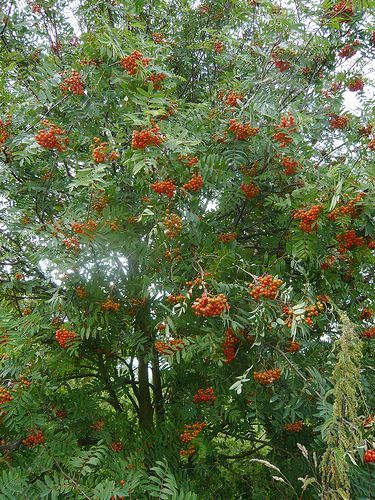
The Rowan has an international mystical reputation. Witch Tree, Wicken, Witchbane or Witch Wood are amongst old names for Rowan and hint at these perceived mystical properties of the tree. ‘The Rowan (runa) is prominent in Norse mythology as the tree from which the first woman was made, (the first man being made from the ash tree). It was said to have saved the life of the god Thor by bending over a fast flowing river in the Underworld in which Thor was being swept away, and helping him back to the shore’. Trees for Life. A branch was often used over doorways or cattle byres to ward off the evil eye. In Celtic mythology Rowan is known as the Tree of Life and symbolises courage, wisdom and protection and in Ireland it is linked closely with fairies. Hindus used the word runa for rowan whose branches were used as as staves that were carved with rune symbols. In the UK the Rowan is known as a tree associated with witchcraft, protecting people and dwellings. Druids think the trees are sacred  and are used for protection against sorcery and evil spirits. An example at the Pitt River museum in Oxford shows two sprigs of rowan tree wood tied with a red twine in the shape of a cross. This is believed to have been a common practice in some parts of Scotland to ward off spirits of the forest.
Venerable Rowan trees are much prized and rightly so. The seed of the isolated Rowan must have been carried to the rock in a bird-dropping from a distant tree. The harsh weather has limited the height but several smaller trunks have grown as though the tree was pollarded. Well that is Scottish wind for you. Lonely Rannoch Moor tree is next to small weedy Lochan on the Allt Lochain Ghaineamhach. The peak of Schiehallion is just visible on the horizon.
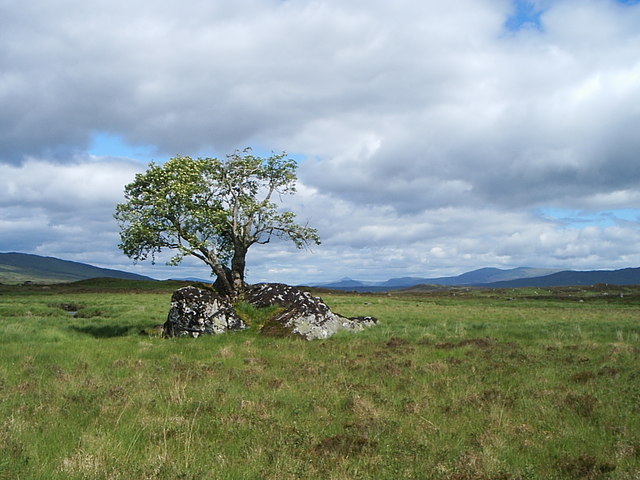
Mountain Ash which is a member of the same group as the Whitebeams are very much trees of open space, rock faces and open slopes. It is more surprising that these trees can be very rare foe example the Ley’s Whitebeam exists in two sites in the Brecon Beacons and the Taff valley where they are the worlds only 17 specimens left. The Arran whitebeams (Sorbus arranensis and Sorbus pseaudo fennica) are Scotland’s rarest trees both on the WWF dangerously close to extinction list.
Not all sorbus trees are hard to find and I commend the Thorp Perrow arboretum for a good range of specimen trees. The list from there catalogue is shown below featuring over 70 plants many of which I visited several years ago.
The raw berry or fruit are unpalatable but can be made into a tart jelly. Cultivars have been developed for fruit that is used in wine and liqueur brewing. You may wonder what else Rowan is good for as well as urban ornamentation. The wood is virtually all heartwood and is used for small tools, hoops, poles and high value treen. The wood can be stained many shades and colours. It is used for walking sticks and dowsing rods.
Catalogue of Sorbus specimens grown at Thorpe Perrow Yorkshire
An earlier post from Gardeners tips is now updated and augmented below:
Key Features of the Mountain Ash
…
Read More Read More
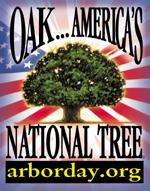
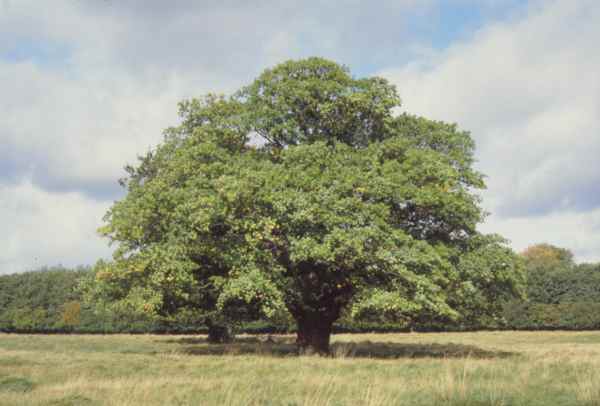
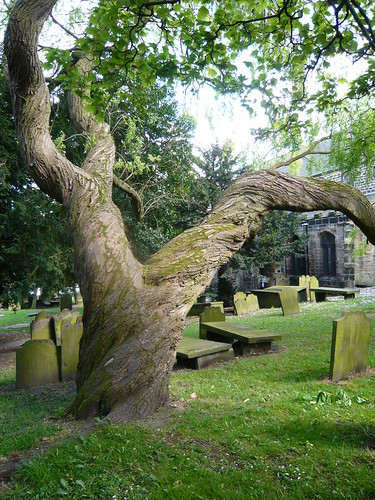
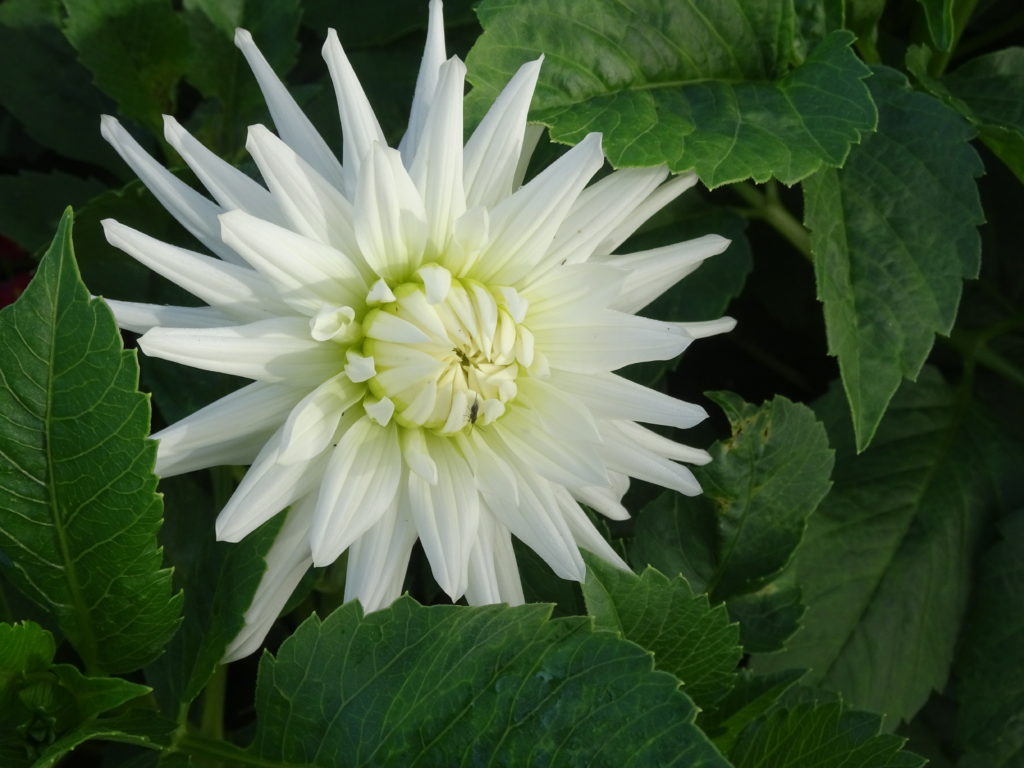
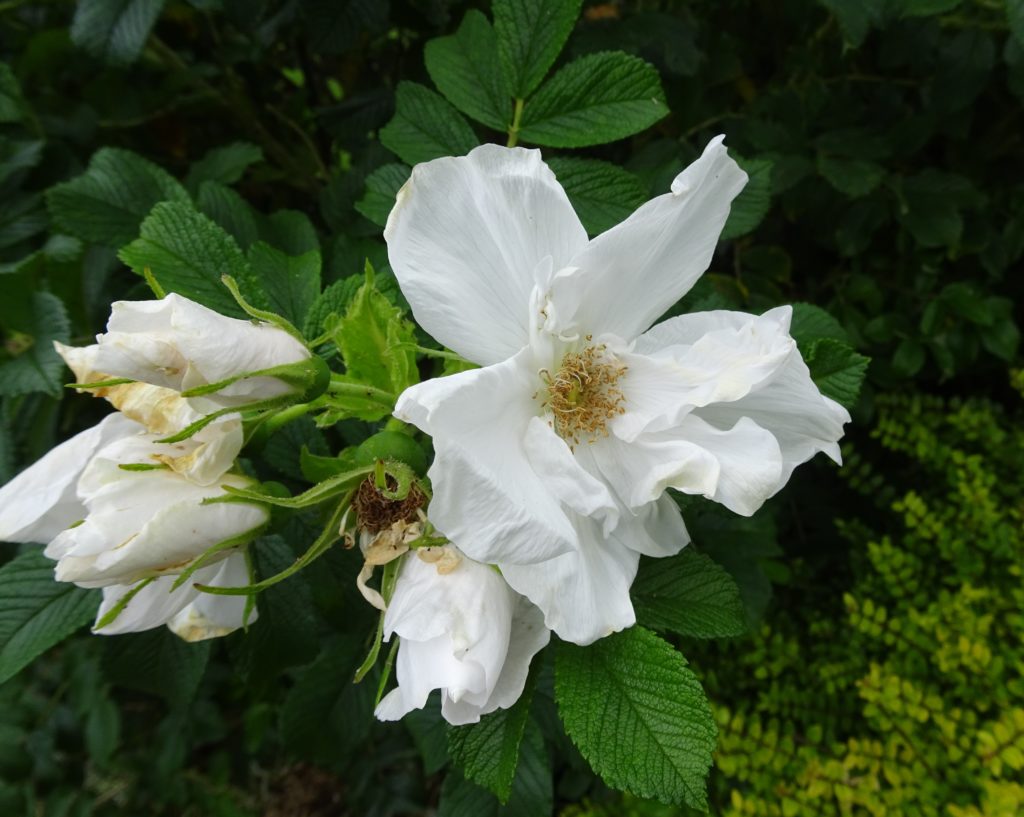
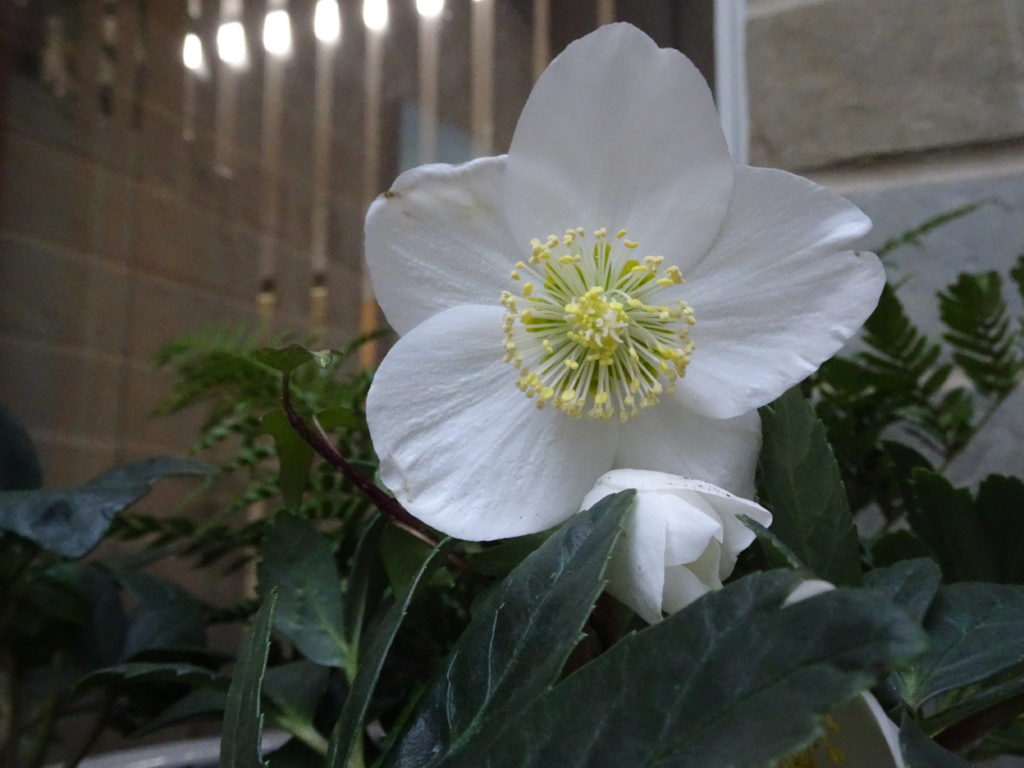

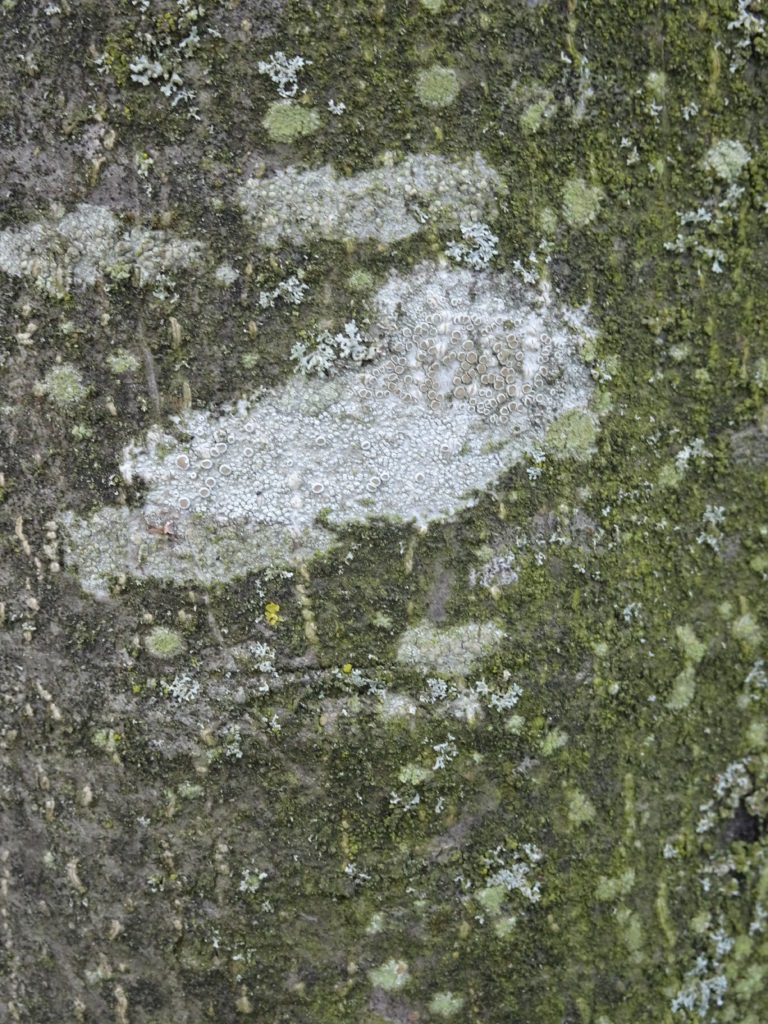
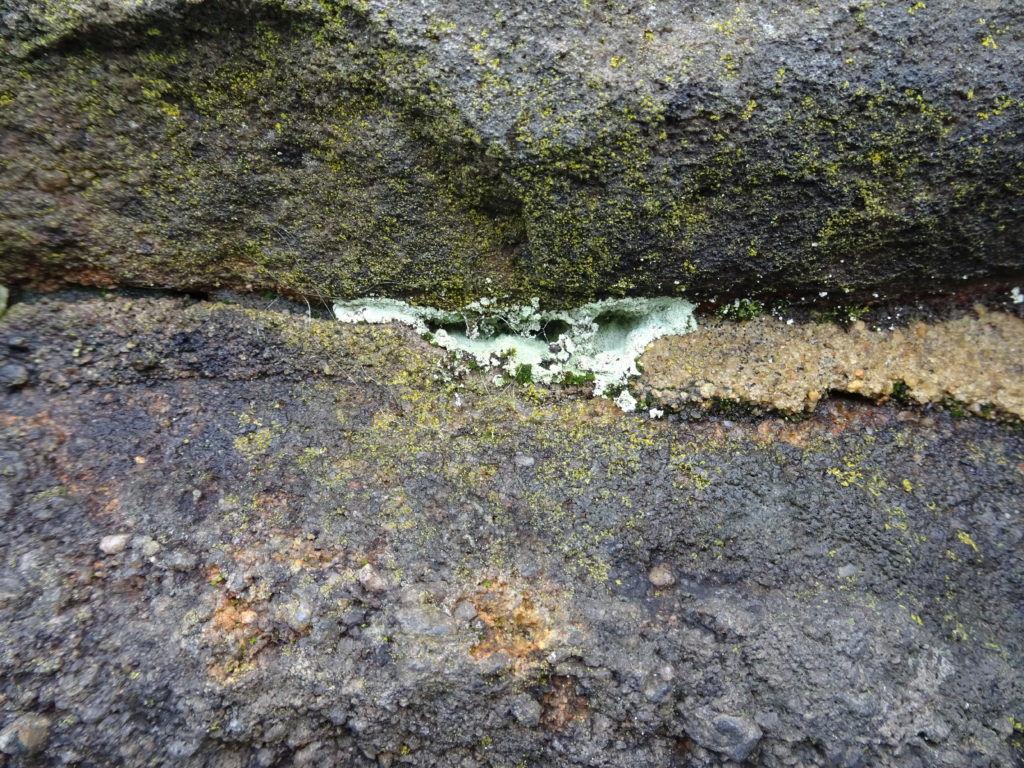
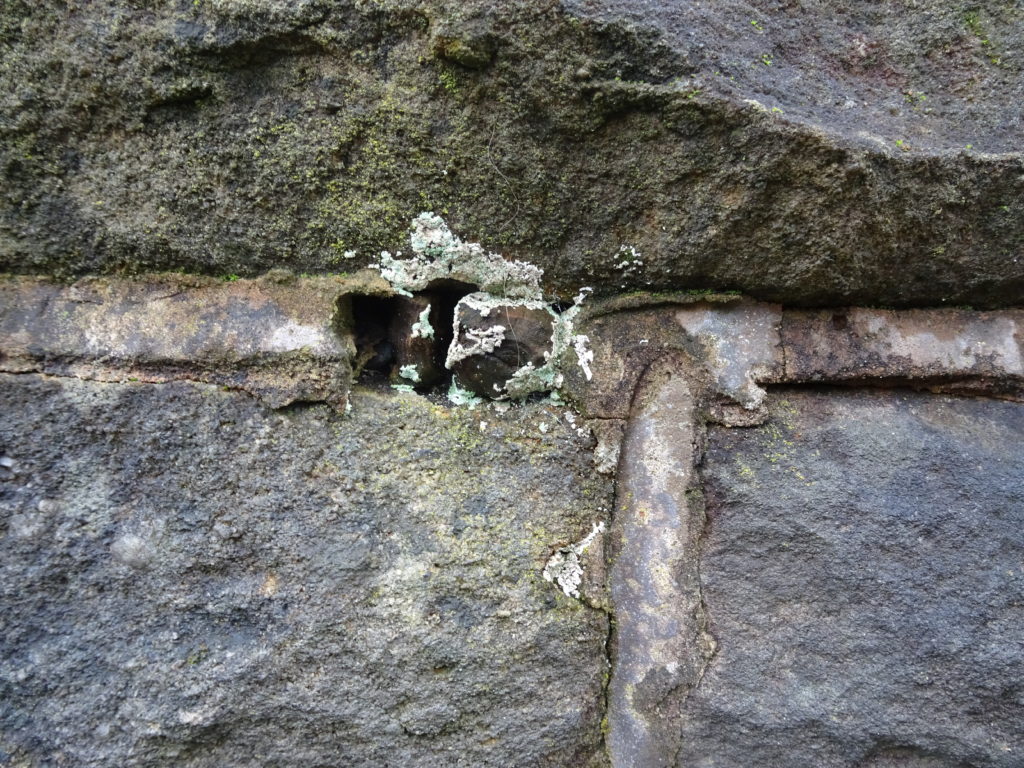

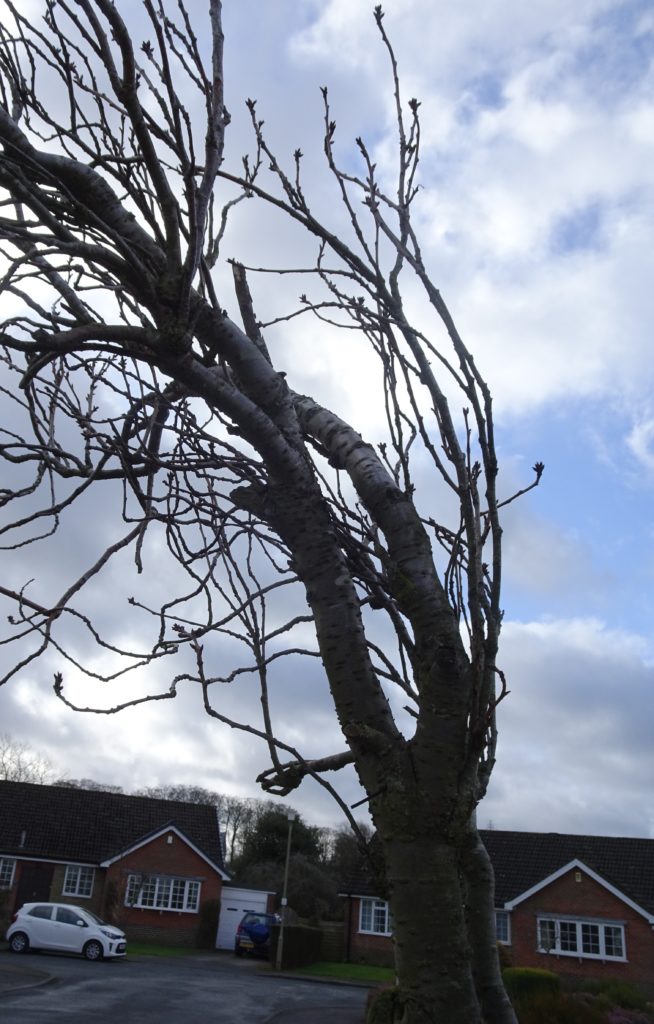
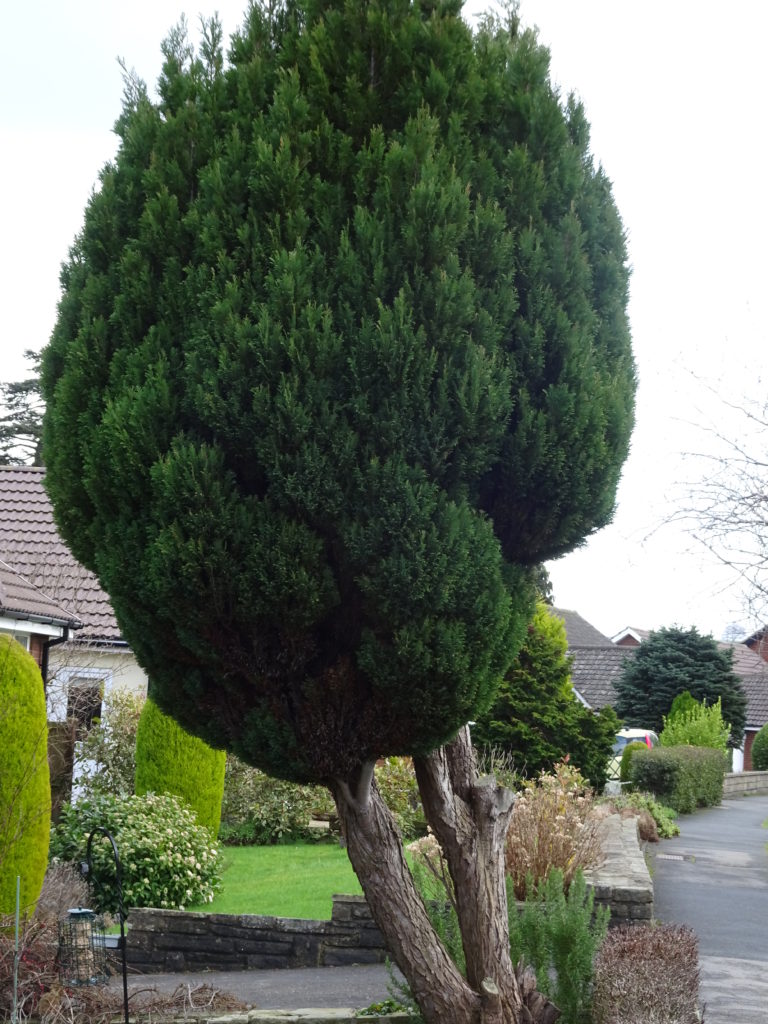
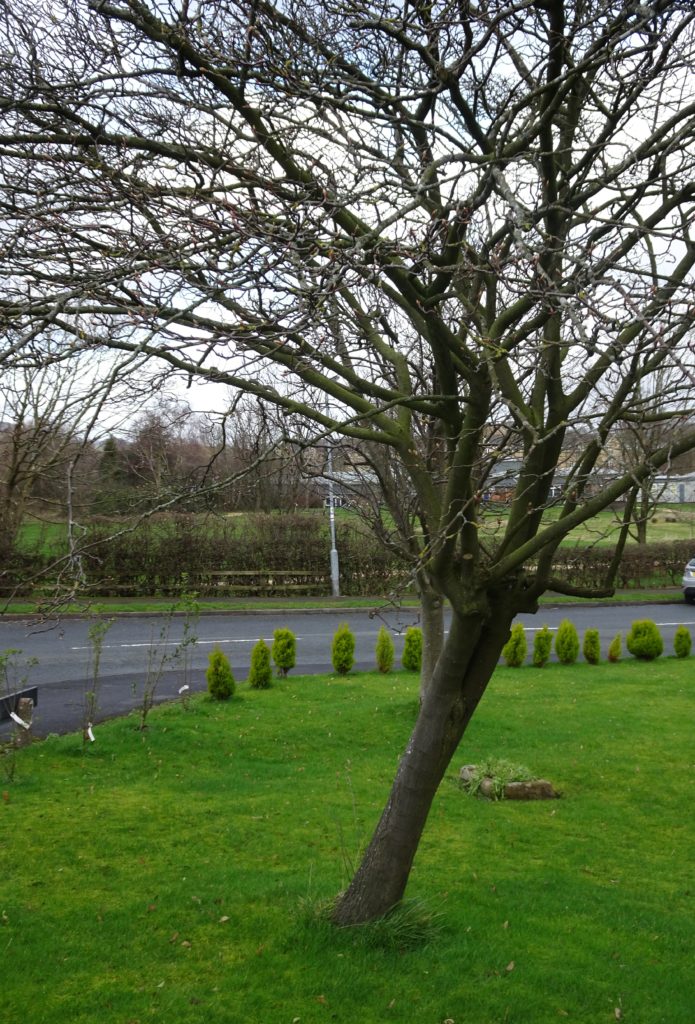


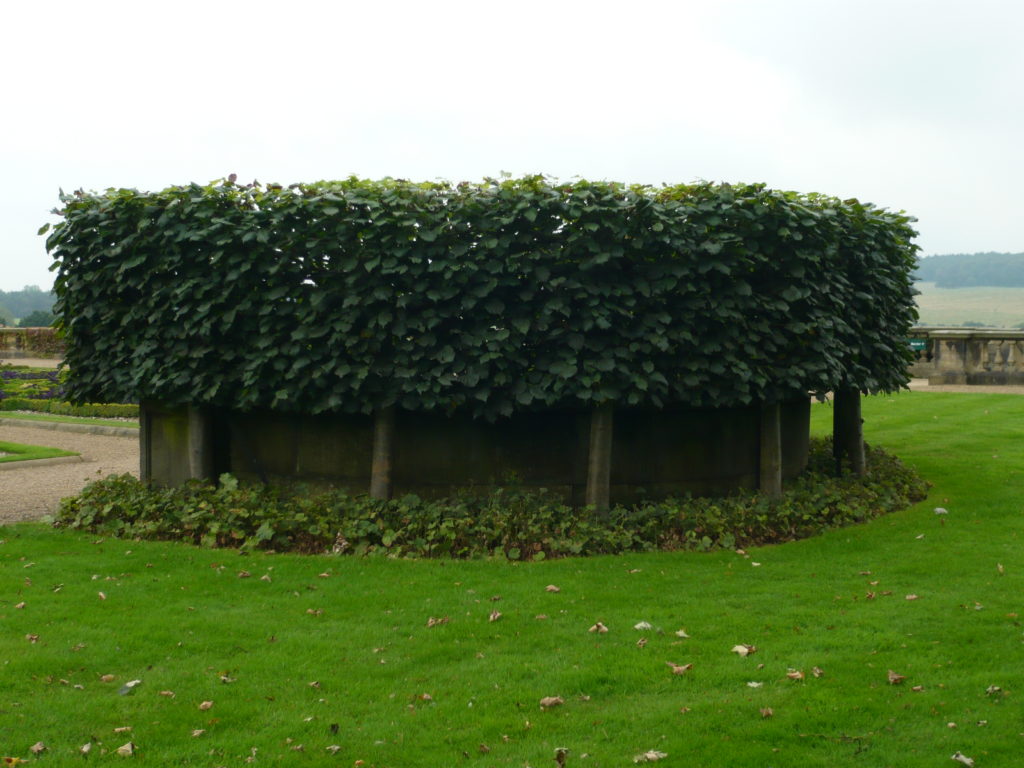
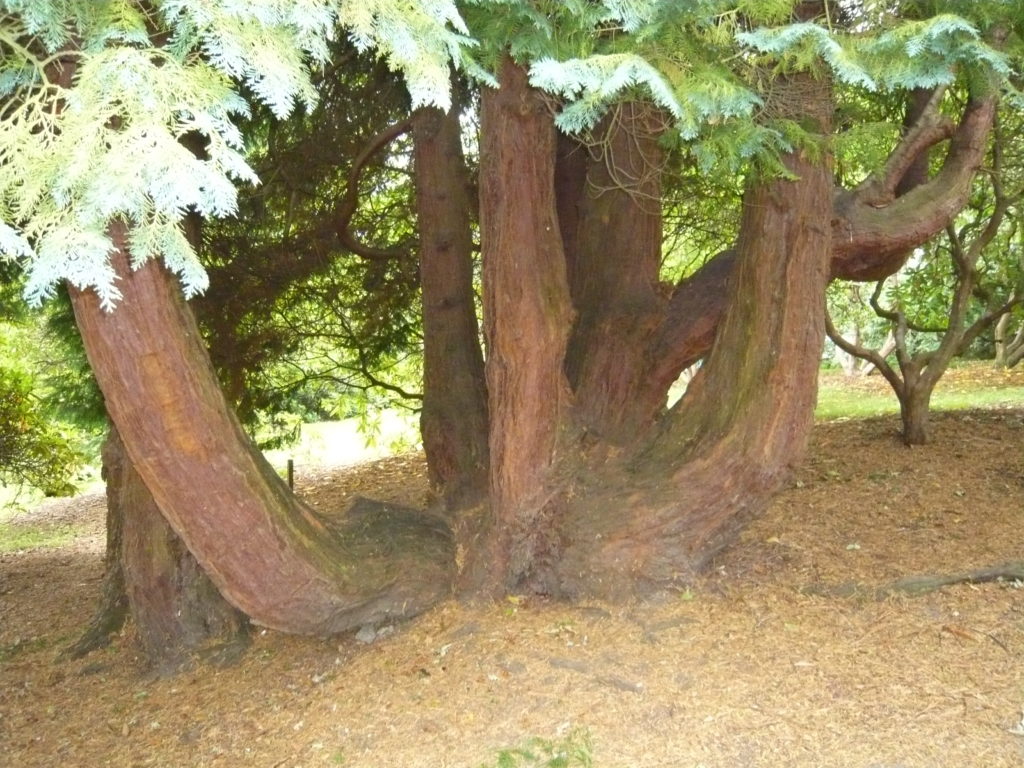
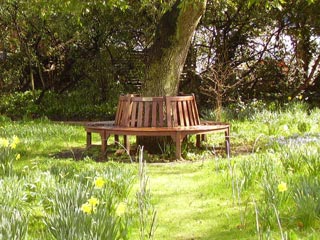
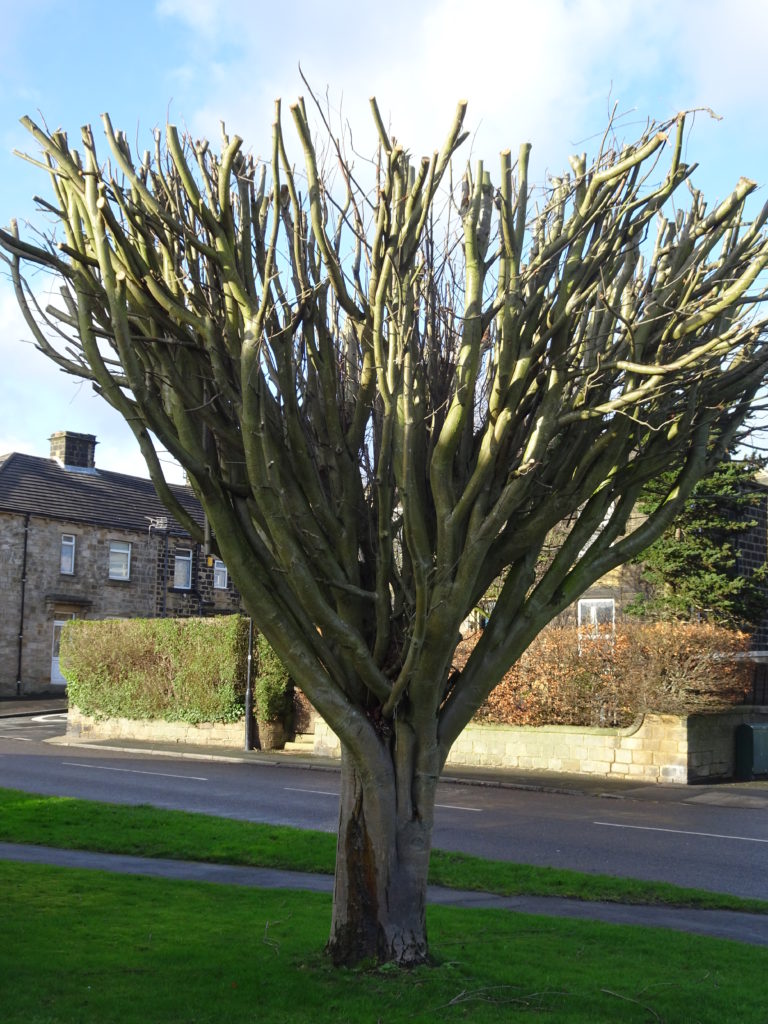
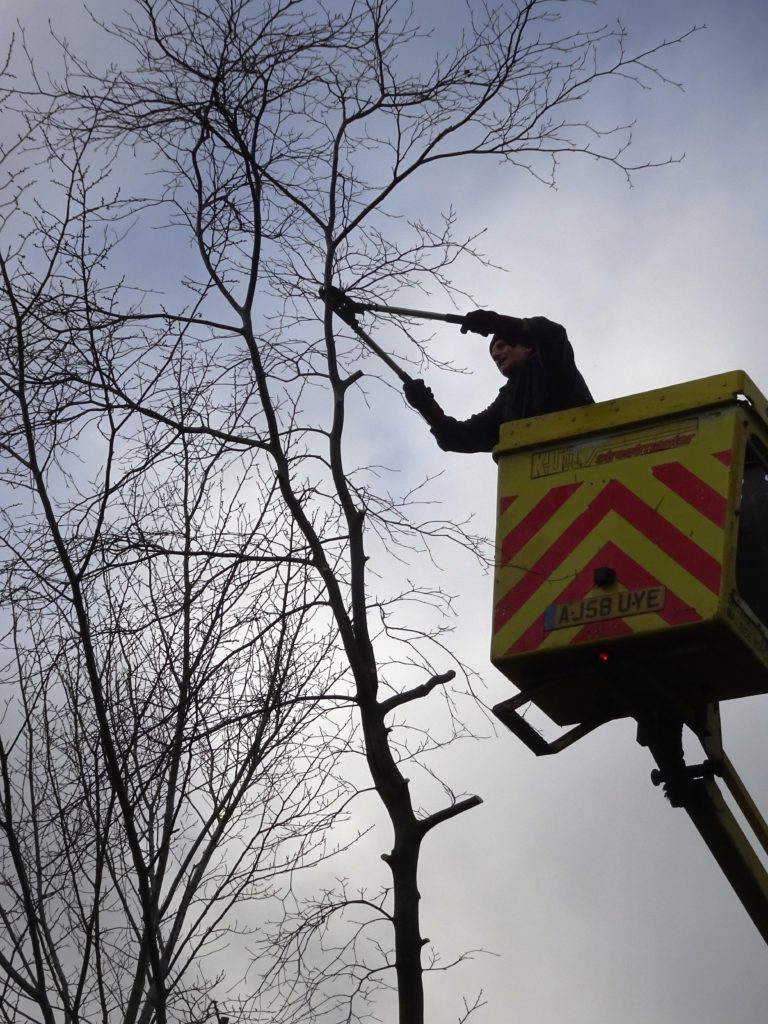
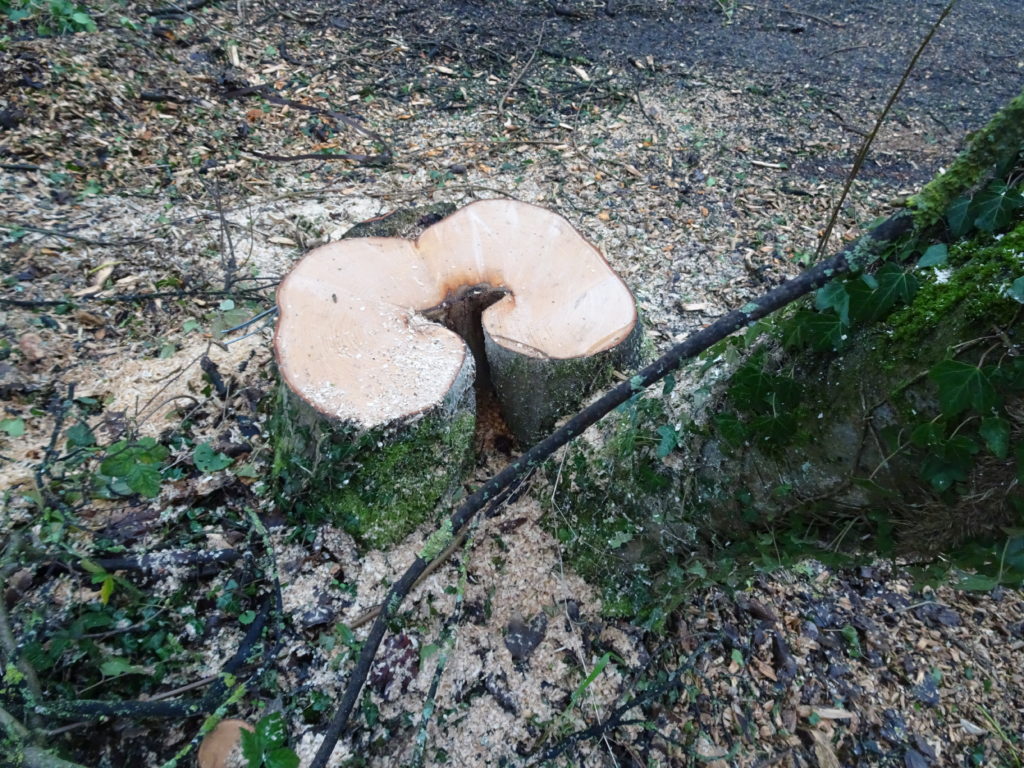
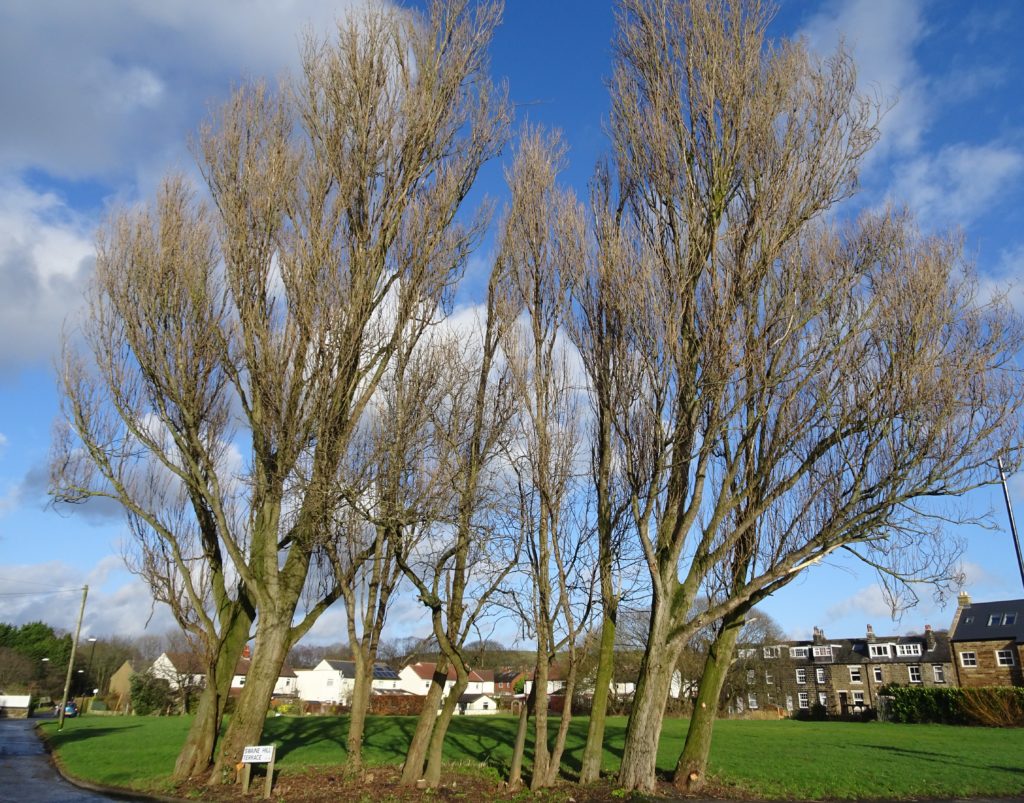
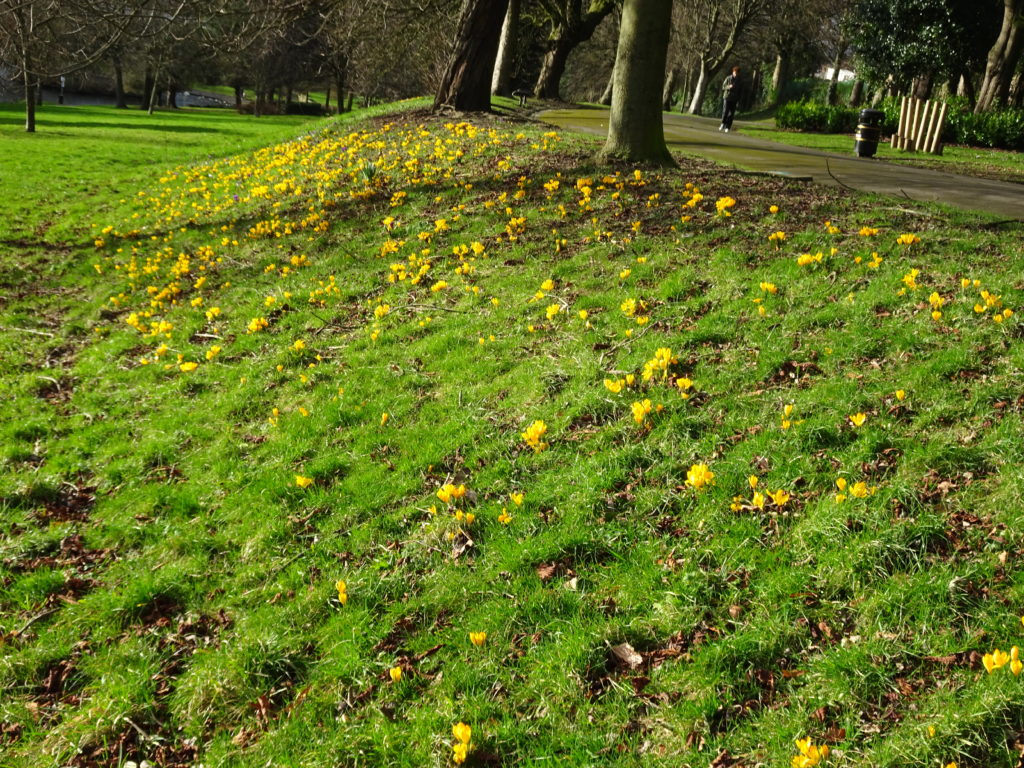
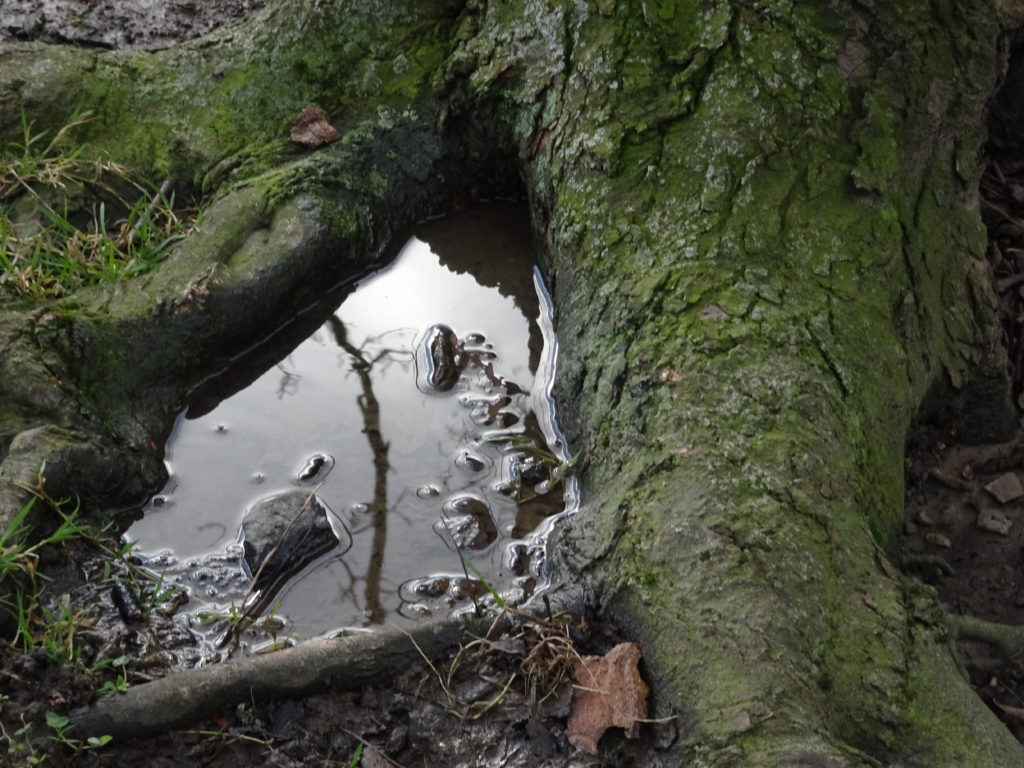



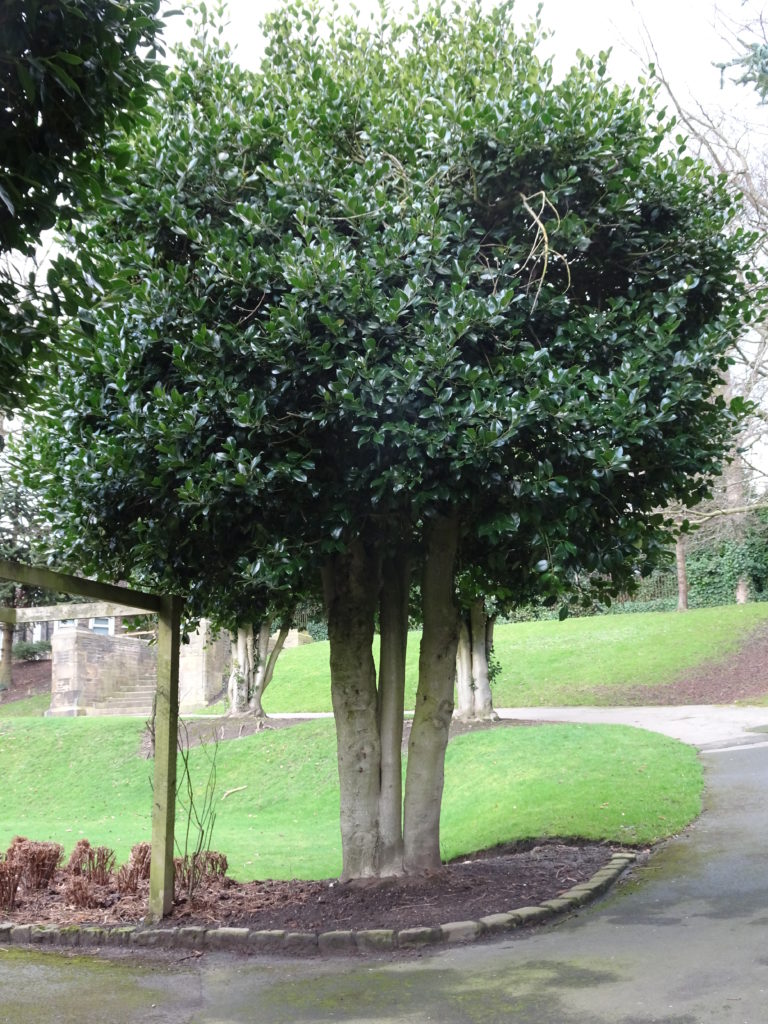 Christmas is long gone but only 311 days to go before the next
Christmas is long gone but only 311 days to go before the next

